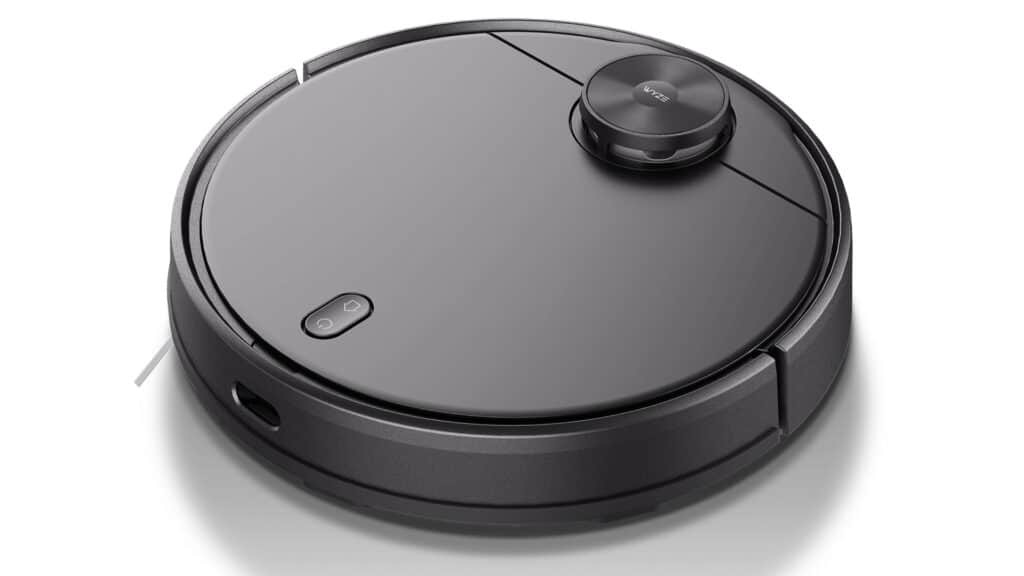Wyze, once a fledgling company in the smart home scene, has rapidly evolved into an industry trailblazer in just over three years. Driven by a mission to create high-quality electronic gadgets at surprisingly affordable prices, the company has amassed a dedicated fan base. Wyze's journey began with the budget-friendly Wyze Cam and has since expanded to include a diverse range of smart bulbs, plugs, locks, scales, and even fitness bands.

Wyze's venture into the world of robotic vacuums
Not content to rest on their laurels, Wyze is boldly stepping into the realm of robotic vacuums. Priced competitively at $249 (or an enticing $199 for pre-orders), the Wyze Robot Vacuum aims to leave its competition in the dust. With features that outperform similarly priced rivals, this vacuum cleaner is set to make a sparkling entrance in the market.

Wyze Robot Vacuum's LiDAR mapping expertise
At a modest $249, the Wyze Robot Vacuum is quite literally shining a light on the future of robotic cleaning technology. LIDAR, a cutting-edge technique that uses laser beams to measure distances, is usually exclusive to high-end vacuum models. However, Wyze has chosen the road less taken by equipping its budget-friendly vacuum with a LiDAR sensor, enabling precise room mapping and path planning.
This mapping mastery allows users to create virtual walls and define specific cleaning areas. Catering to individual preferences, the Wyze Robot Vacuum offers three distinct modes: Strong, Standard, and Quiet. This adaptable approach enables users to find the perfect balance between noise and suction power.
But Wyze doesn't end there. The Robot Vacuum comes replete with a wide array of sensors, including three induction sensors, four cliff sensors to prevent falls, two speed sensors, two collision sensors, a gyroscope, and a recharging sensor. With an impressive 2100 Pascal suction power—outperforming competitors like the Roborock S5 Max and iRobot Roomba i7+—the true capabilities of the Wyze Robot Vacuum await independent evaluation.
Will the Wyze Robot Vacuum integrate with Home Assistant?
For Home Assistant enthusiasts, the burning question is whether the Wyze Robot Vacuum will seamlessly integrate with their cherished automation platform. Unfortunately, this compatibility remains veiled in uncertainty.
Nevertheless, there is room for optimism. Wyze's decision to release the RTSP firmware for the Wyze Cam v2 showcases the company's commitment to community collaboration. This move sets a positive precedent for the potential of similar access being granted to the Wyze Robot Vacuum.
Moreover, the existence of a custom component for Wyze Sense sensors adds to the hopeful outlook. With bated breath, it's plausible that an ingenious community member will eventually decipher the puzzle, enabling flawless integration of the Wyze Robot Vacuum with Home Assistant.
